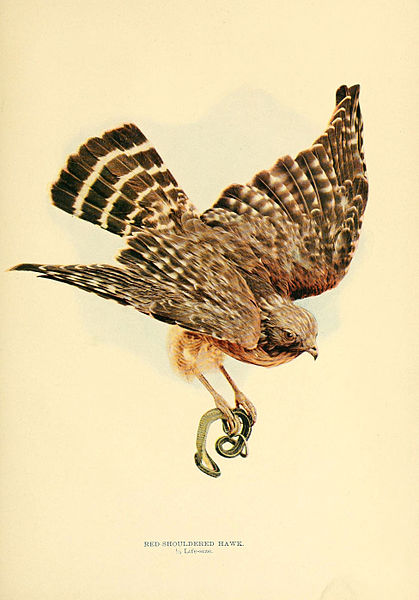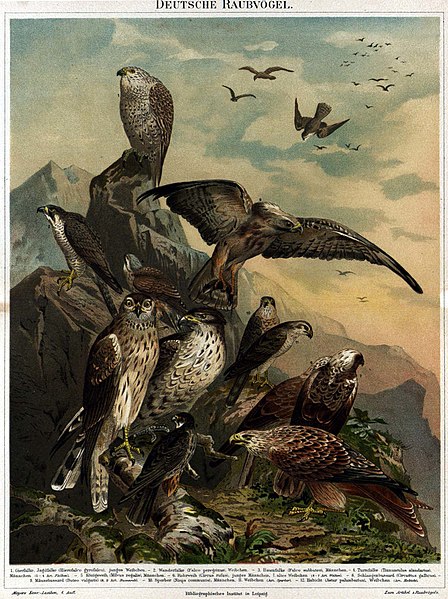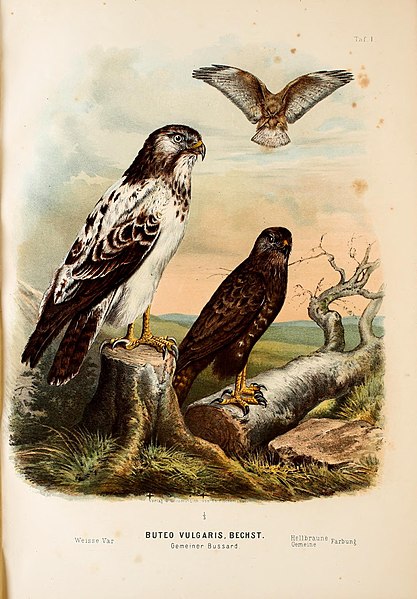
As mentioned in the first part of this blog entry, predatory open access publishing has become a serious problem in the scholarly world.
This is particularly true for non-native readers and writers of English, who must learn to detect frauds in a foreign language and carefully research any publication to which they are considering submitting material. It may seem unfortunate that after spending time doing research and writing about it, it is also necessary to research publications to make sure they are honest and genuine, but that is the world we live in today. The Vassar College Libraries, USA posted a brief guide on what is predatory publishing. This guide points out that the problem was caused largely because open access publishers must charge fees, because they do not charge for subscriptions, as traditional publishers do, making readers pay to see publications. It is important for the developing world to have low-cost or free access to information, so open access is essential. Yet it also brings the new problem of fraudulent publishers who pretend to be real open access venues. They are just like vanity presses, which will essentially publish anything in exchange for money, except that the fraudulent publishers will not inform writers that they are in fact vanity presses. Making the problem more complex, a good number of honest, reputable journals require writers to pay administrative fees to be published, so just being asked for money may not be enough to identify a fraudulent journal. As the Vassar College Libraries note, there are many possible ways to identify a scam. Predatory publishers may:
- lie about impact factors, indexing databases, or being a leading publisher.
- publish material previously published without receiving permission from the copyrights holder.
- do little or no copy-editing.
- lie about or refuse to disclose details about the peer-review process.
- deliberately confuse their title with that of a legitimate journal or conference.
To these may be added the following typical actions of a predatory publisher, as compiled by Wikipedia:
- Accepting articles quickly with little or no peer review or quality control, including hoax and nonsensical papers.
- Notifying academics of article fees only after papers are accepted.
- Aggressively campaigning for academics to submit articles or serve on editorial boards.
- Listing academics as members of editorial boards without their permission, and not allowing academics to resign from editorial boards.
- Appointing fake academics to editorial boards.
- Mimicking the name or web site style of more established journals.
- Misleading claims about the publishing operation, such as a false location.
- Improper use of International Standard Serial Numbers (ISSNs)
- Fake or non-existent impact factors.
- Attempting to deceive authors into paying for nonexistent or shoddy editorial services.
- Selling authors fake or meaningless credentials in order to help them deceive their peers.
- Deceiving one’s peers by purchasing fake or meaningless publishing credentials.
- Publishing journals or books (whether on an OA or a toll-access basis) that are presented to the marketplace as rigorous and scholarly, but consist in fact of whatever nonsense or garbage authors may wish to submit.
- Leveraging monopoly power excessively to exact maximum revenues from academic customers.
- Taking advantage of one’s role as, say, the certifier of academic programs to require that those programs have access to one’s commercial products.
- Stacking a “big deal” package with weak or sub-par journals in order to inflate those journals’ usage data and/or justify otherwise indefensible price increases.
If a journal you are thinking of submitting to does any of these

things, contact your faculty dean or the TU Libraries to discuss the matter. There is no point in paying money to such a publication, since the services they will provide will not help your academic career and may well harm it. When in doubt, do not trust the publication, but ask for outside advice. It may eventually be useful to check the periodical on Beall’s List of Predatory Publishers or with other experts in the matter. There are other ways to be reassured that a publication is in fact an honest one. If it is listed on the Directory of Open Access Journals, the publisher must be a member of certain professional bodies, such as the Open Access Scholarly Publishers Association, Committee on Publication Ethics, and the International Association of Scientific, Technical & Medical Publishers (STM). This means the publisher names as editors and editorial boards recognized experts in their field who mention their editorial work in their own biographies. You can look them up to confirm they are indeed editors of the publication which claims they are associated with them. Do not just trust any single source of information, especially not the fraudulent journal itself. Some dishonest publishers add distinguished names to lists of editors whether or not the famous experts know anything about being listed by such perioidcals. The publication should offer its own full contact details, including email, mailing address, and a working office telephone number. All too often, a fake publisher will offer information about how to make a bank transfer, but no way to follow up and locate them after a fraud has been committed. If real journals are just beginning, they do not pretend to have enormous impact factors which do not seem realistic. They also do not state that they have enormous amounts of material available in indexing and abstracting services, since they are new journals. The Open Access Scholarly Publishers Association website offers further principles of transparency that honest journals are expected to follow:
- Peer review process: All of a journal’s content, apart from any editorial material that is clearly marked as such, shall be subjected to peer review. Peer review is defined as obtaining advice on individual manuscripts from reviewers expert in the field who are not part of the journal’s editorial staff. This process, as well as any policies related to the journal’s peer review procedures, shall be clearly described on the journal’s Web site.
- Governing Body: Journals shall have editorial boards or other governing bodies whose members are recognized experts in the subject areas included within the journal’s scope. The full names and affiliations of the journal’s editors shall be provided on the journal’s Web site.
- Editorial team/contact information Journals shall provide the full names and affiliations of the journal’s editors on the journal’s Web site as well as contact information for the editorial office.
- Author fees: Any fees or charges that are required for manuscript processing and/or publishing materials in the journal shall be clearly stated in a place that is easy for potential authors to find prior to submitting their manuscripts for review or explained to authors before they begin preparing their manuscript for submission.
- Copyright: Copyright and licensing information shall be clearly described on the journal’s Web site, and licensing terms shall be indicated on all published articles, both HTML and PDFs.
- Identification of and dealing with allegations of research misconduct: Publishers and editors shall take reasonable steps to identify and prevent the publication of papers where research misconduct has occurred, including plagiarism, citation manipulation, and data falsification/fabrication, among others. In no case shall a journal or its editors encourage such misconduct, or knowingly allow such misconduct to take place. In the event that a journal’s publisher or editors are made aware of any allegation of research misconduct relating to a published article in their journal – the publisher or editor shall follow COPE’s guidelines (or equivalent) in dealing with allegations.
- Ownership and management: Information about the ownership and/or management of a journal shall be clearly indicated on the journal’s Web site. Publishers shall not use organizational names that would mislead potential authors and editors about the nature of the journal’s owner.
- Web site: A journal’s Web site, including the text that it contains, shall demonstrate that care has been taken to ensure high ethical and professional standards.
- Name of journal: The Journal name shall be unique and not be one that is easily confused with another journal or that might mislead potential authors and readers about the Journal’s origin or association with other journals.
- Conflicts of interest: A journal shall have clear policies on handling potential conflicts of interest of editors, authors, and reviewers and the policies should be clearly stated.
- Access: The way(s) in which the journal and individual articles are available to readers and whether there are associated subscription or pay per view fees shall be stated.
- Revenue sources: Business models or revenue sources (eg, author fees, subscriptions, advertising, reprints, institutional support, and organizational support) shall be clearly stated or otherwise evident on the journal’s Web site.
- Advertising: Journals shall state their advertising policy if relevant, including what types of ads will be considered, who makes decisions regarding accepting ads and whether they are linked to content or reader behavior (online only) or are displayed at random.
- Publishing schedule: The periodicity at which a journal publishes shall be clearly indicated.
- Archiving: A journal’s plan for electronic backup and preservation of access to the journal content (for example, access to main articles via CLOCKSS or PubMedCentral) in the event a journal is no longer published shall be clearly indicated.
- Direct marketing: Any direct marketing activities, including solicitation of manuscripts that are conducted on behalf of the journal, shall be appropriate, well targeted, and unobtrusive.
What if publisher who belongs to one of the professional organizations makes a mistake and does something wrong?

The association tries to help them correct the problem, and if it is not fixed, or the publisher does not even try to fix it, they are expelled from the association. It is always a good idea to contact the TU Libraries with any questions you may have about the legitimacy of an academic journal. The point is to do your checking before you have submitted material and especially before you have paid any money to a fraudulent publisher. As the Vassar College Libraries website notes, if you sign a contract with a fake publisher, you may be signing over your copyright and you will no longer own your work:
Depending on the contract, you may no longer have the right to publish your work in a journal, to post it on your website, or to include it as a part of a larger work. Make sure you read the contract carefully and investigate any offers before you consider signing over copyright to your intellectual property.

(all images courtesy of Wikimedia Commons).
